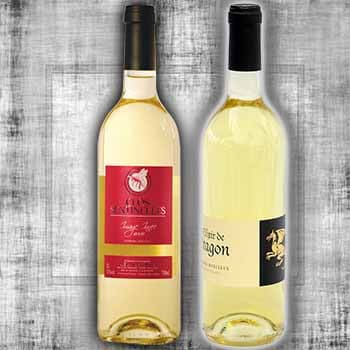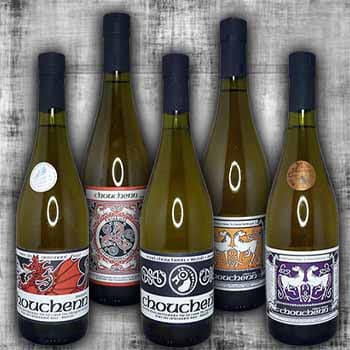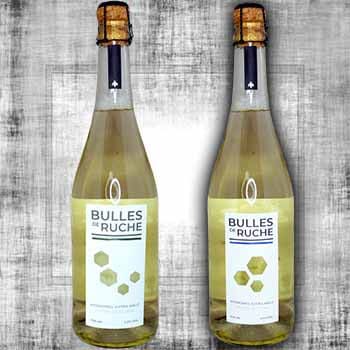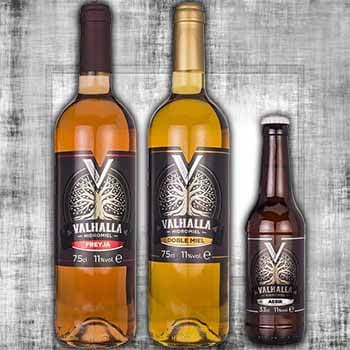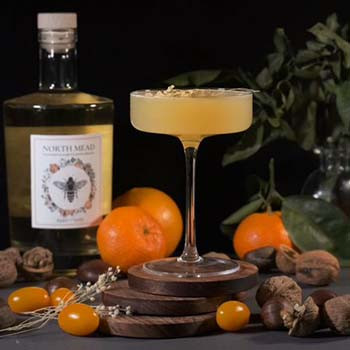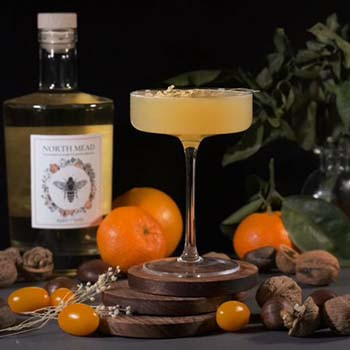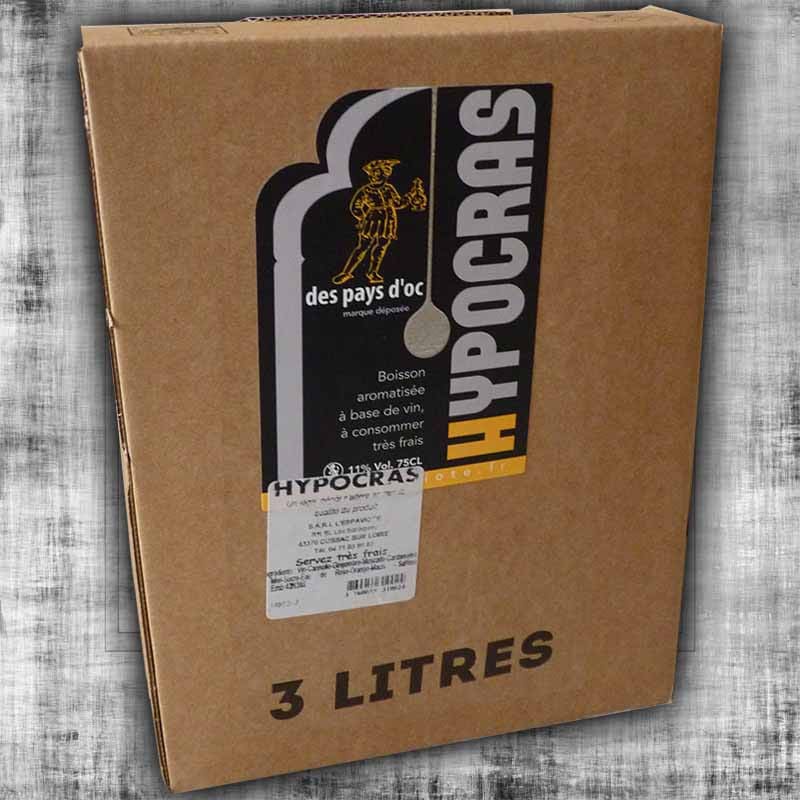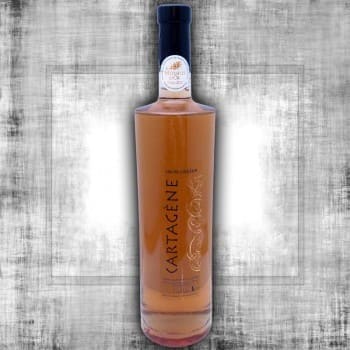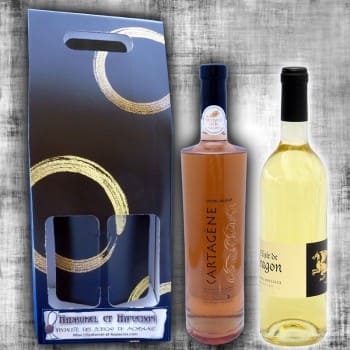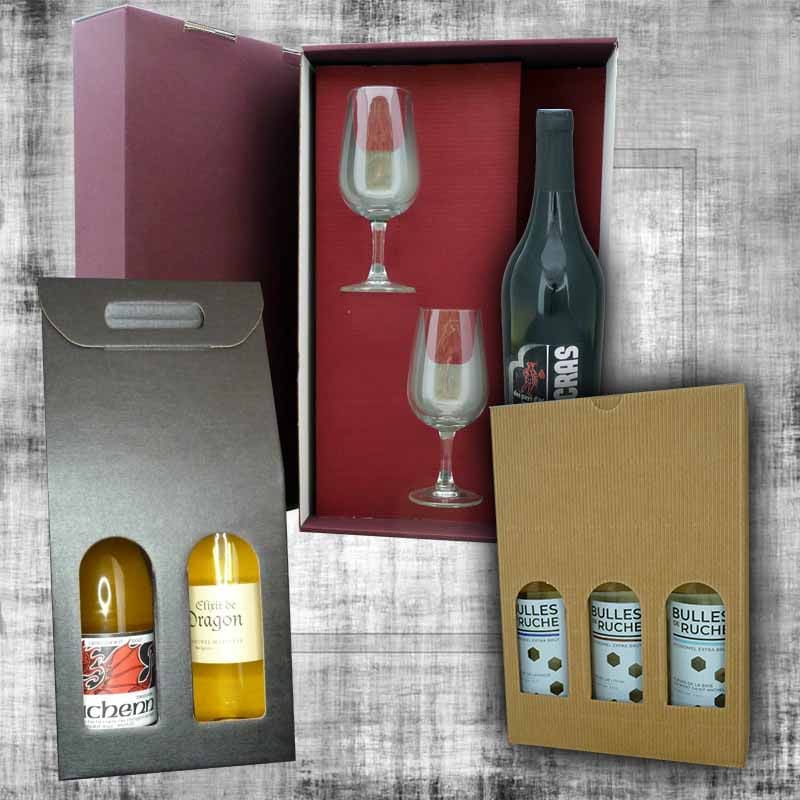
Moretum qnd coulindrum
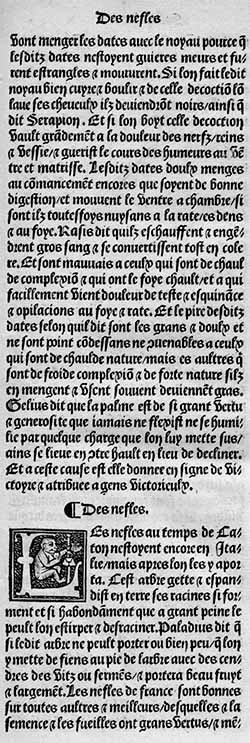 The recipes of Moretum and Coulindrum are derived, like many recipes of the Middle Ages, from the "Tractatus de modo preparandi et condiendi omnia cibaria", an anonymous work in Latin of the 13th century which contains about 90 recipes.
The recipes of Moretum and Coulindrum are derived, like many recipes of the Middle Ages, from the "Tractatus de modo preparandi et condiendi omnia cibaria", an anonymous work in Latin of the 13th century which contains about 90 recipes.
This collection consists of 5 chapters :
- drinks
- meats
- fishes
- delicacies
- vegetables, eggs and sauces
It also provides dietary advice.
Moretum and coulindrum are wines that had their heyday before the discovery of spices imported from the East.
In short, the recipe for these wines consisted of :
- macerate the fruit for several days in red wine
- Crush the fruit and filter it
- Add honey
- Boil the beverage
- Filter through a cheesecloth after cooling completely
- Put in bottle or barrel
It can be made with several different fruits (blackberry, plum, red cherry, raspberry, redcurrant, blueberry, etc.).
Moretum takes its name from the Latin "mortarium" (mortar) because of its recipe based on crushed fruit. Very popular, until the 15th century it was, for example, the wine for monks' feast days, hence the name sometimes given to it "monks' wine". It was then supplanted by Hypocras, a wine made from spices when these arrived in Europe in large quantities.
Formerly called Ribes Reubrul, Castilles or Coulindrons, our current currant gave its name to Coulindrum.
Fruit wines from the Middle Ages were drunk chilled as aperitifs and with desserts.


